Optimal Timing for Septic Inspections

Spring is an ideal time for septic inspections to prepare for increased usage during the warmer months.

Performing inspections in summer helps identify issues before heavy use periods and allows for timely maintenance.

Fall inspections can detect early problems before winter, reducing the risk of system failure during cold months.
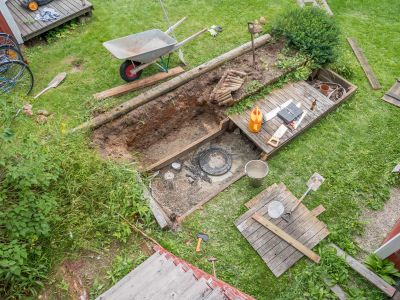
Ways to make Septic Inspection Service work in tight or awkward layouts.
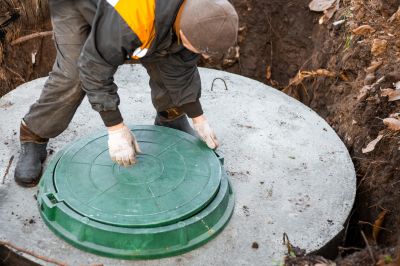
Popular materials for Septic Inspection Service and why they hold up over time.
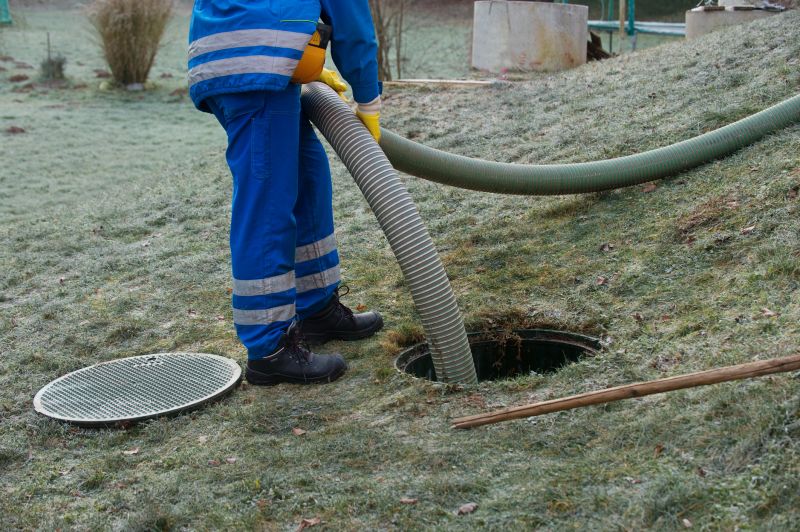
Simple add-ons that improve Septic Inspection Service without blowing the budget.
Scheduling septic inspections during optimal times ensures that the system remains operational and efficient. Seasonal considerations, such as avoiding inspections during harsh winter conditions or immediately after heavy rainfall, can improve inspection accuracy. Proper timing also helps in planning maintenance activities, reducing the risk of system failure and environmental contamination.
They help prevent system backups, reduce repair costs, and extend the lifespan of the septic system.
Unpleasant odors, slow drains, or standing water near the drain field indicate potential issues.
Usage levels, recent repairs, and seasonal weather conditions influence the best time for inspection.
Typically, inspections are recommended every 3 to 5 years, depending on system size and usage.

Visual and mechanical checks ensure the tank's integrity and proper functioning.
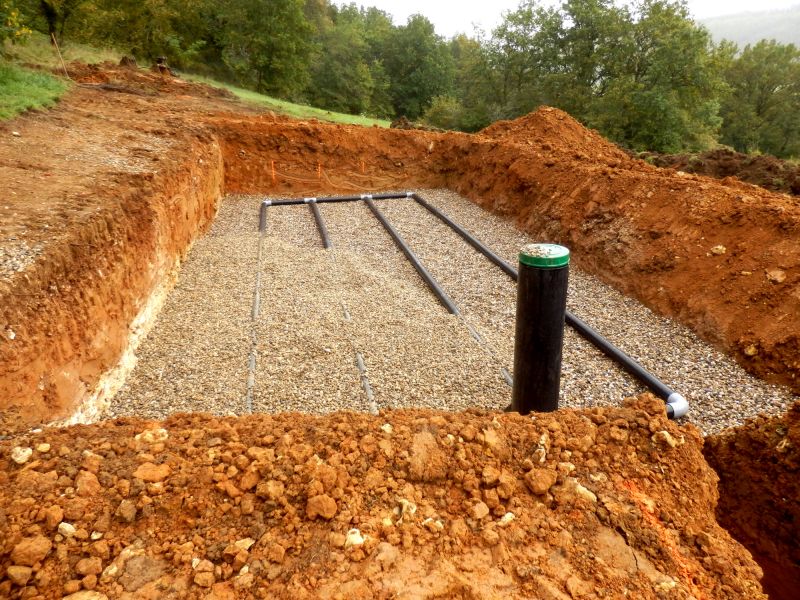
Assessing soil absorption and detecting potential blockages or failures.

Regular testing helps maintain optimal operation and identify early signs of trouble.
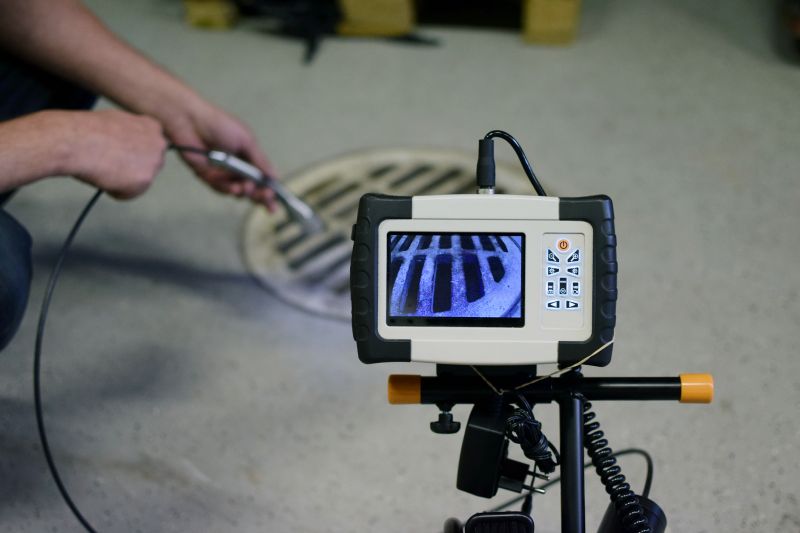
Specialized tools facilitate thorough assessments of septic components.
| Season | Ideal Timing for Septic Inspection |
|---|---|
| Spring | Before heavy usage begins |
| Summer | Prior to peak activity periods |
| Fall | Before winter conditions set in |
| Winter | Generally avoided due to weather constraints |
| Post-Repair | Immediately after repairs or maintenance |

Regular inspections help maintain system health and prevent failures.

Advanced equipment ensures accurate assessments of septic systems.

Proper inspection timing reduces risk of contaminant leaks and environmental damage.

High-end options that actually feel worth it for Septic Inspection Service.
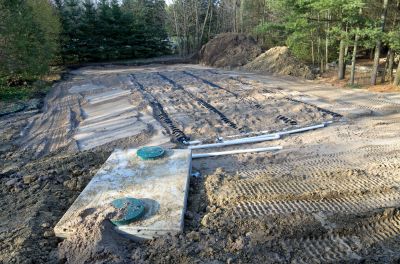
Finishes and colors that play nicely with Septic Inspection Service.
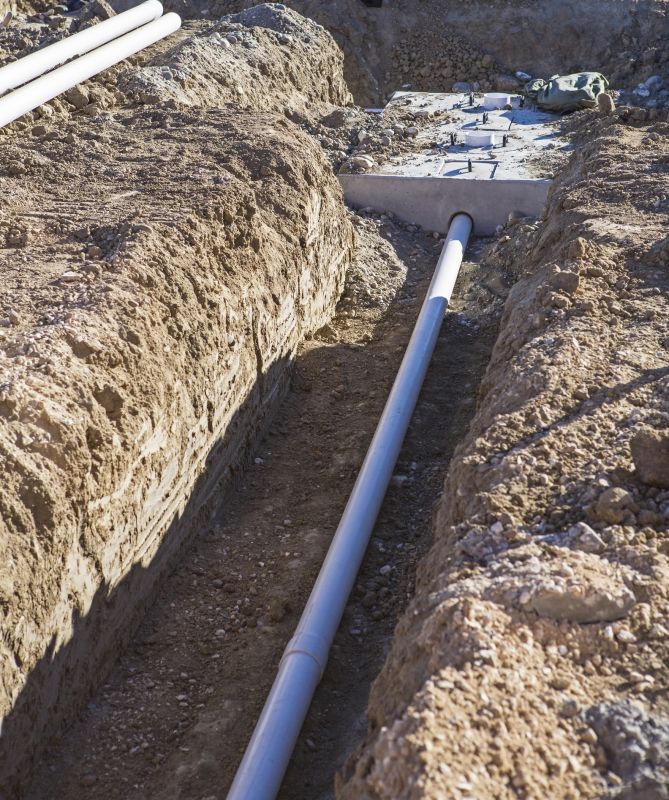
Little measurements that prevent headaches on Septic Inspection Service day.

A 60-second routine that keeps Septic Inspection Service looking new.
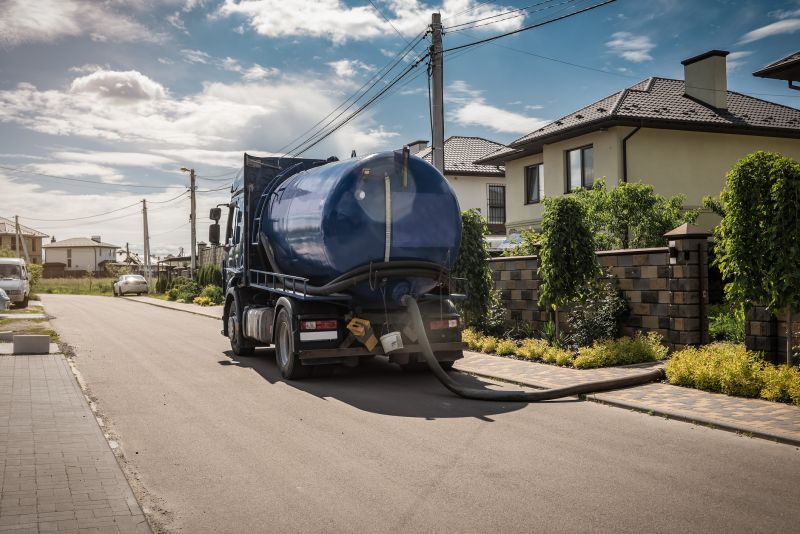
A frequent mistake in Septic Inspection Service and how to dodge it.
Interested parties are encouraged to contact for further information or to schedule a septic inspection. Proper timing and regular assessments are vital for ensuring the longevity and efficiency of septic systems, safeguarding property value, and protecting the environment.



